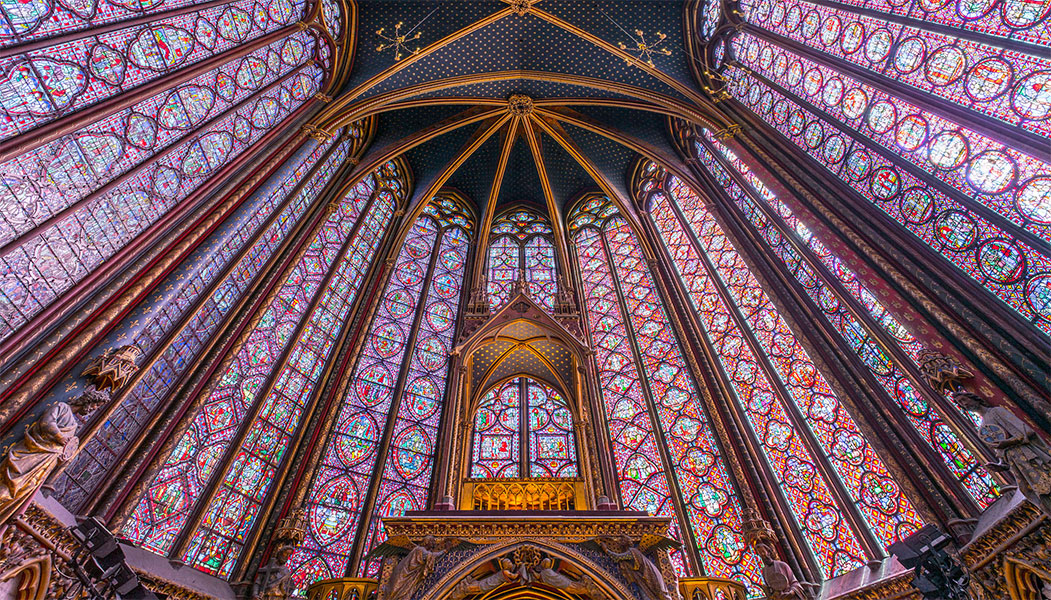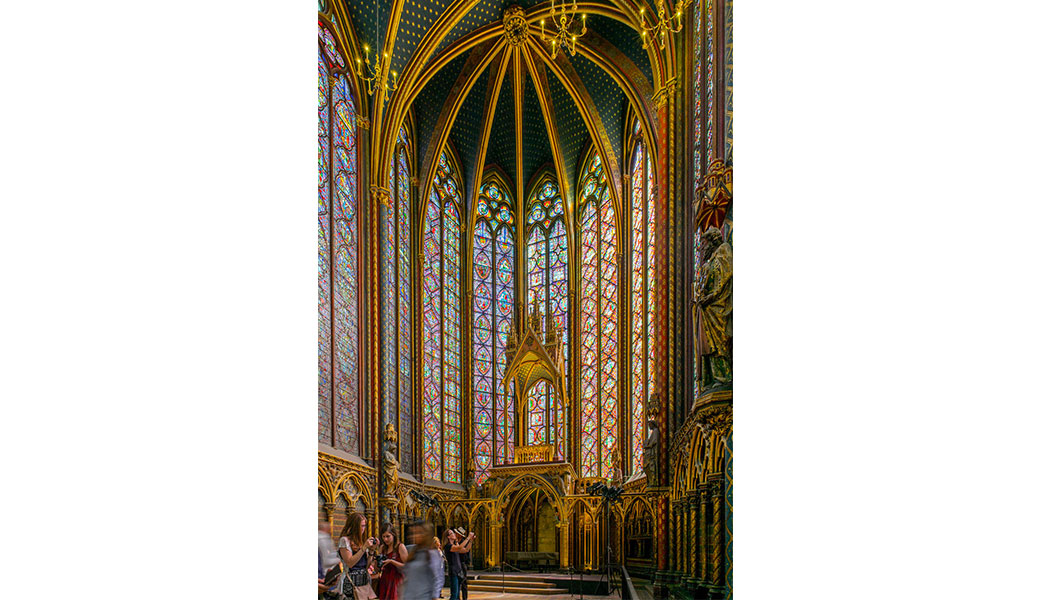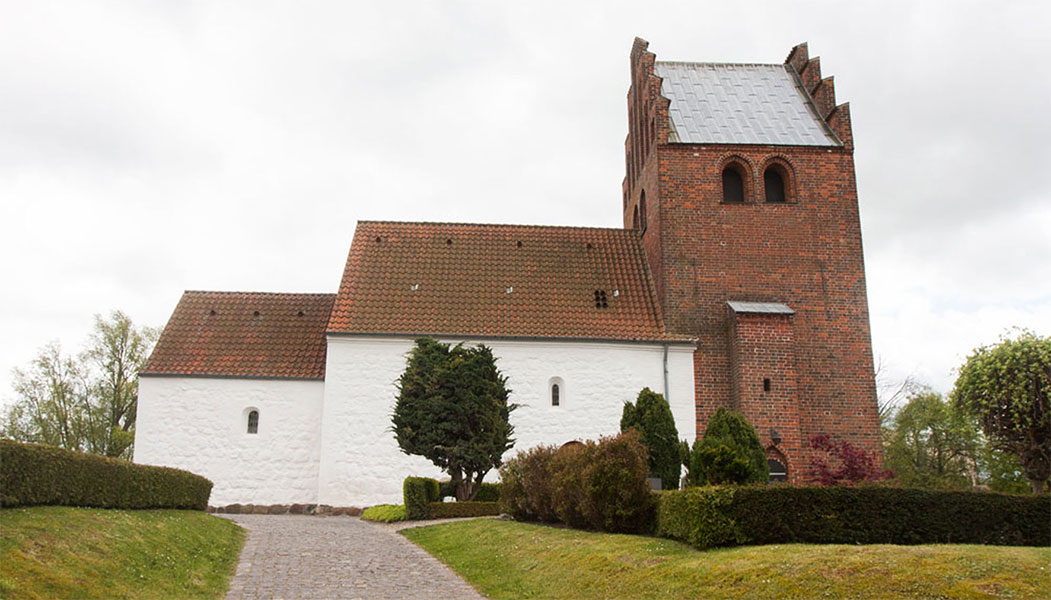Two architectural styles are of particular importance to the Middle Ages: Romanesque and Gothic. Both styles were primarily used for churches.
Romanesque
The Romanesque style refers to the highly advanced construction practice from the height of the Roman Empire. Adopted by the Catholic Church, it spread throughout Europe with the mission.
Characteristic for the Romanesque style are semi-circular arches, which were structurally important as well as decorative. Romanesque architecture is also known by its thick stone walls, small windows and vaulted roofs.
Because of the length of time needed to build a church, the transition from Romanesque to Gothic architecture was very gradual in Denmark, as in the rest of Europe.
Gothic
The Gothic style was developed in France in the mid-1100s. In Denmark, where bricks were used, Gothic churches were taller and lighter than those in central Europe, but Danish Gothic churches lacked the gracefulness of natural stone cathedrals.
Like Romanesque architecture, Gothic architecture has a defining characteristic: the pointed, or lancet, arch. Gothic architecture is recognisable by interior spaces that are higher and narrower than the Romanesque.
Houses in villages and in the countryside were constructed in the half-timber style with wattle and daub walls and thatched roofs. The first windows appeared in Denmark at the same time as the first half-timber houses at the end of the 1500s. Half-timber constructions gained popularity in the 1600s. The constructions grew taller and the windows were often larger, often with four sashes separated by mullions and transoms.






